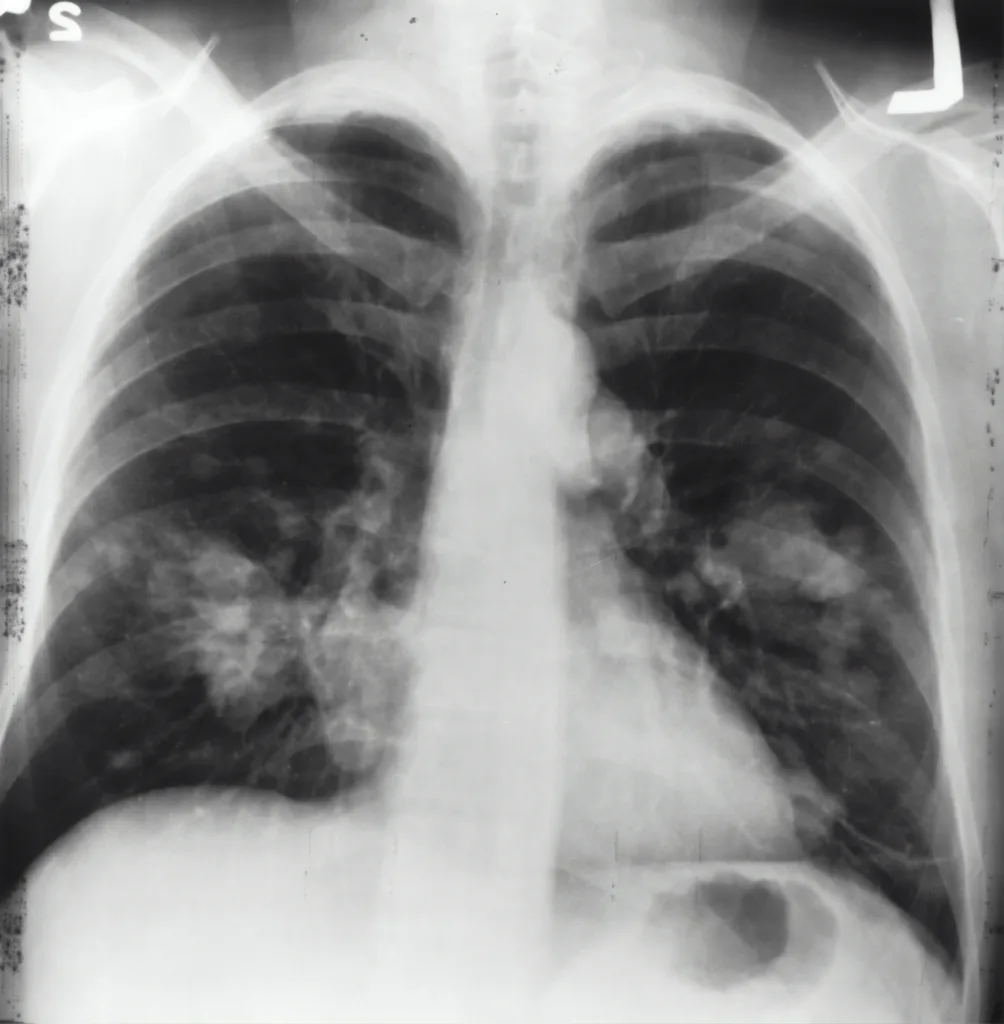Radiology is a vital diagnostic tool in modern medicine. Radiographs, also known as x-rays, are used to view internal structures of the human body. Radiology works by shining a beam of electromagnetic radiation through the object or tissue beng imaged. The radiation is then detected on the other side of the object by a detector, creating a two-dimensional image of the object’s internal structure.
However, not all materials let electromagnetic radiation pass through them with equal ease. Some materials are more resistant to radiation, while others allow radiation to pass through them more freely. Materials that inhibit the passage of electromagnetic radiation are called radiodense or radiopaque, while those that allow radiation to pass more freely are referred to as radiolucent.
Radiopaque materials are dense enough to resist x-rays shining through them and so can be seen on an x-ray. The most common example of something radiopaque is the human skeleton. Bones cannot be seen through under radiation, which is why x-rays are such an effective way of visualizing bones. Other examples of radiopaque materials include metal, certain types of plastics, and dental fillings.
Radiolucent materials are those that are not dense enough to keep x-rays from shining through them and so look “clear” on an x-ray. One common example of a radiolucent material is air. Air is much less dense than bone or metal, so it allows x-rays to pass through it with ease. Other examples of radiolucent materials include soft tissues such as muscles and organs.
The radiopacity of various objects and tissues results in radiographs showing different radiopacities, and hence they can be differentiated. Radiopaque tissues/objects result in a whiter image; less radiopaque objects result in a blacker image. Differentiating between radiolucent and radiopaque objects is important in diagnosing certain medical conditions. For example, a radiopaque kidney stone can be easily seen on an x-ray, while a radiolucent kidney stone may require additional imaging techniques to be detected.
Understanding the difference between radiolucent and radiopaque materials is crucial in the field of radiology. Radiopaque objects inhibit the passage of electromagnetic radiation and appear white on an x-ray, while radiolucent objects allow radiation to pass more freely and appear clear. By identifying radiopaque and radiolucent materials, medical professionals can more accurately diagnose and treat a variety of medical conditions.
What Is The Difference Between Radiolucent And Radiodense?
Radiolucent and radiodense are terms used to describe the ability of materials to allow or inhibit the passage of electromagnetic radiation, such as X-rays. Radiodense materials, also knon as radiopaque, are those that strongly absorb or block radiation, making them appear white on X-ray images. Examples of radiodense materials include metals like lead and bone, which are commonly used to shield the body from radiation during medical procedures.
On the other hand, radiolucent materials are those that allow radiation to pass through more easily, resulting in a darker appearance on X-ray images. Examples of radiolucent materials include air, water, and some plastics. Radiolucent materials are often used in medical imaging to enhance the contrast between different tissues or structures in the body.
The main difference between radiolucent and radiodense materials is their ability to absorb or allow the passage of electromagnetic radiation. Radiodense materials strongly block radiation, while radiolucent materials allow it to pass through more easily.

Is Radiopaque Black Or White?
Radiopaque is typically seen as white on a radiograph. This is because radiopaque objects or tissues absorb more radiation than the surrounding tissues, causing them to appear whiter in the resulting image. On the other hand, less radiopaque objects or tissues absorb less radiation and appear blacker in the image. This difference in radiopacity allows healthcare professionals to differentiate between different structures and tissues in the body when interpreting radiographs.
What Is An Example Of Radiopaque?
An example of something that is radiopaque is the human skeleton. Radiopaque substances are those that cannot be seen through under radiation, and bones fit this definition perfectly. X-rays, for instance, are a common imaging technique used to visualize the skeletal system because they are absorbed by the bones and create a clear image. Other examples of radiopaque substances include certain metals and contrast agents used in medical imaging. However, the most well-known example of radiopacity is certainly the human skeleton.
How Do You Remember Radiolucent Vs Radiopaque?
When it comes to remembering the difference between radiolucent and radiopaque, it can be helpful to think about the words themselves. Radiolucent contains the word “lucent,” which means shining or bright. This can help you remember that radiolucent materials allow x-rays to shine through them and appear clear on an x-ray. On the other hand, radiopaque contains the word “opaque,” which means not able to be seen through. This can help you remember that radiopaque materials are dense enogh to resist x-rays and appear visible on an x-ray. Another way to remember is to associate radiolucent with lighter or less dense materials, while radiopaque is associated with heavier or more dense materials. It can also be helpful to make a list of materials or objects that are radiolucent and radiopaque in order to reinforce the distinction.
Conclusion
Radiolucent and radiopaque are two terms that are commonly used in radiology to describe the ability of materials to allow or inhibit the passage of electromagnetic radiation. Radiopaque materials are dense enough to resist x-rays shining through them, resulting in a whiter image, while radiolucent materials are not dense enough to keep x-rays from shining through them and so look “clear” on an x-ray, resulting in a blacker image. Understanding the difference between radiolucent and radiopaque is important in medical imaging as it helps in the identification and differentiation of varius tissues and objects. Radiology professionals must have a clear understanding of these terms to ensure accurate diagnoses and effective treatment planning.
